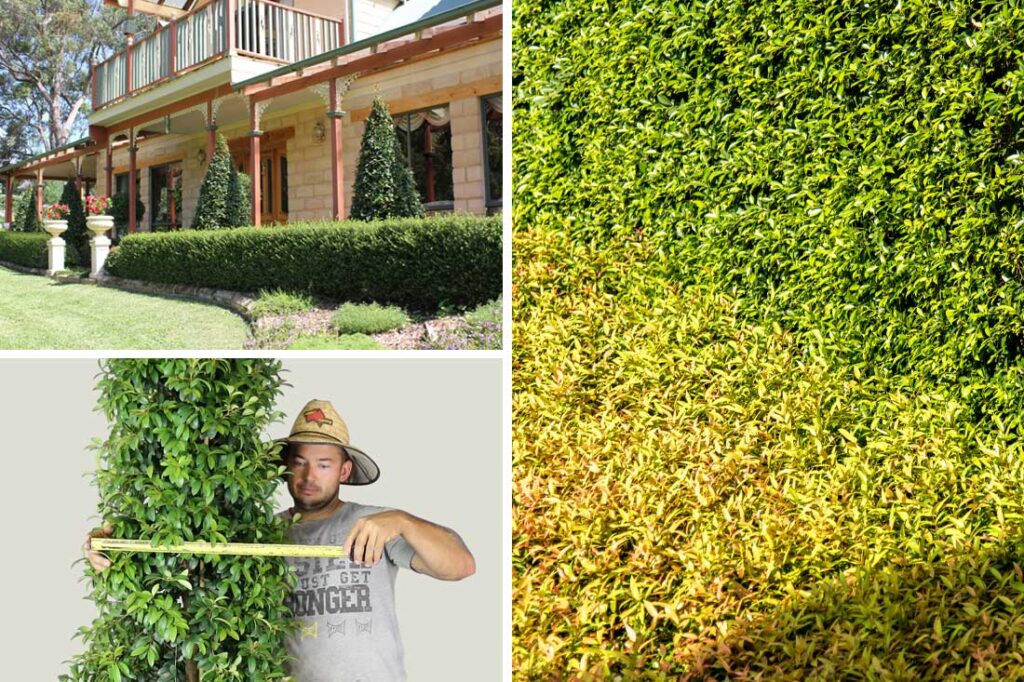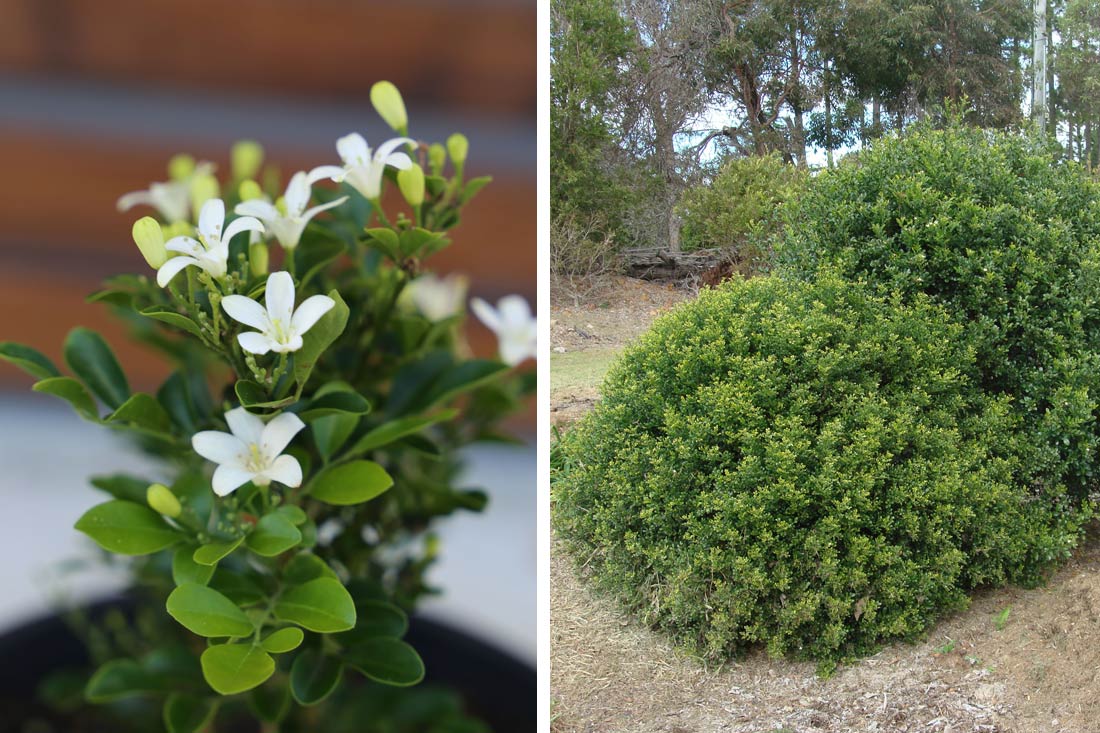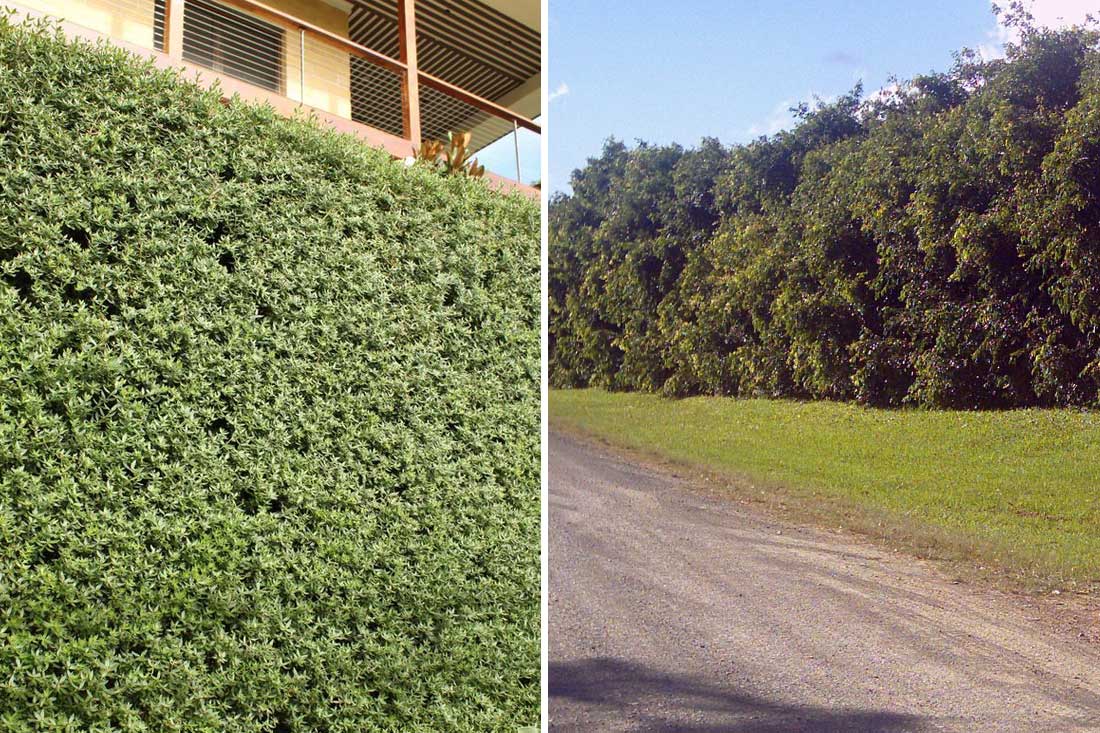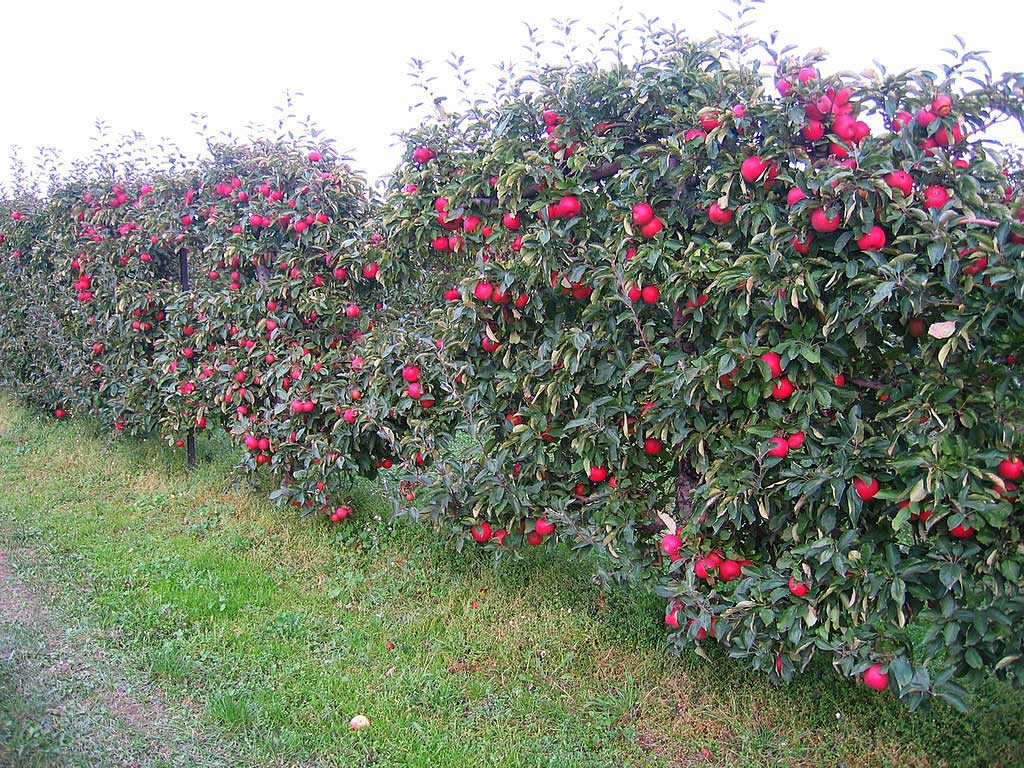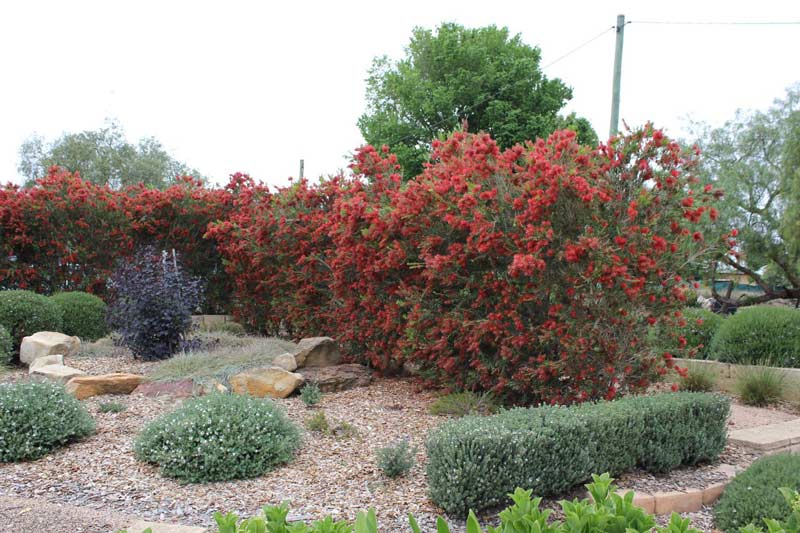Selecting a hedge that can thrive in both full sun and heavy shade is no small feat. Some positions in the garden may receive variable amounts of light, which can be incredibly difficult to find plants to suit. Fortunately, there are a couple of plants that rise to the occasion with exceptional adaptability to variable light conditions.
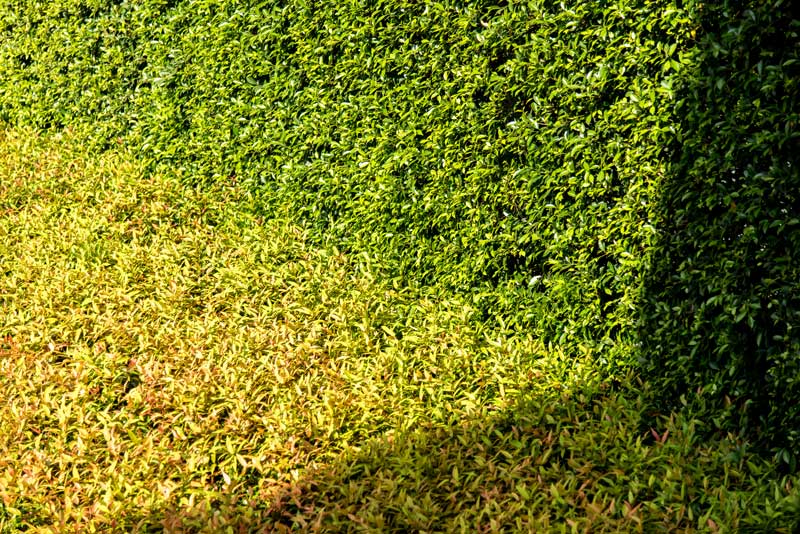
The amount of sunlight a hedge receives severely limits your available plant palette. https://www.shutterstock.com/image-photo/any-direction-sunlight-shadow-pass-through-366142793
The Dual Demands of Sunlight and Shade
Hedges often need to endure varying light conditions for several reasons. In many gardens, young hedges might start their lives in the shadow of structures like fences, only to grow tall enough to bask in full sunlight after a few years. On the other hand, a hedge may need to start life in full sun, when there is a building planned for development nearby or tube stock trees which you know will provide shade in the future.
Another reason sunlight may vary is the orientation and position of the sun changing with the seasons, especially in the southern parts of Australia which are furthest from the equator. During summer, parts of the garden that were once shaded might be bathed in sunlight, while winter can bring prolonged periods of shade. These dynamic light conditions necessitate a resilient hedge that can adjust to both extremes every year.
Plants can’t instantly adapt to these changes in light levels without experiencing stress. Abrupt transitions, such as removing overhanging branches to allow more sunlight, or moving a plant from indoors straight to full sun can shock plants and hinder their growth. Gradually acclimate your hedges to new light conditions. Using shade cloths or temporary barriers can help moderate the light intensity, giving plants time to adjust without the risk of sunburn or stunted growth.
Two Ideal Hedges for Variable Light Conditions
If you’re looking for a hedge or screen for along a fenceline or in variable conditions, here are two really good options that require less pruning due to their narrow and tall shape.
Straight and Narrow™ Syzygium australe ‘SAN01’ PBR Intended
Straight and Narrow™ Syzygium is a slender hedge, shrub or tree with dense foliage. It features tight, attractive leaves, white flowers, and subsequently produces beautiful pink/red fruit. This variety is naturally resistant to psyllid infestations.
Size: This plant typically grows to a height of 5-8 metres with a width of 1-1.5 metres but can be pruned down to a height of 2 metres.
Position: Suitable for planting in full sun to shade, making it versatile for garden positions with variable light. Ideal for constricted areas such as along fences and driveways, and also lends itself well to topiary.
Soil: Thrives in moist, well-drained soil types. A well-mulched garden using chunky mulch is recommended for optimal growth.
Climate: Queensland (QLD), New South Wales (NSW), Victoria (VIC), South Australia (SA), Western Australia (WA), and the Australian Capital Territory (ACT), provided it is protected from frosts.
Care: Requires regular watering for the first 8-13 weeks until established. For upkeep, use slow-release fertiliser in spring and prune twice yearly for a tidy hedge or every 2-3 years if used as a wider screen plant.
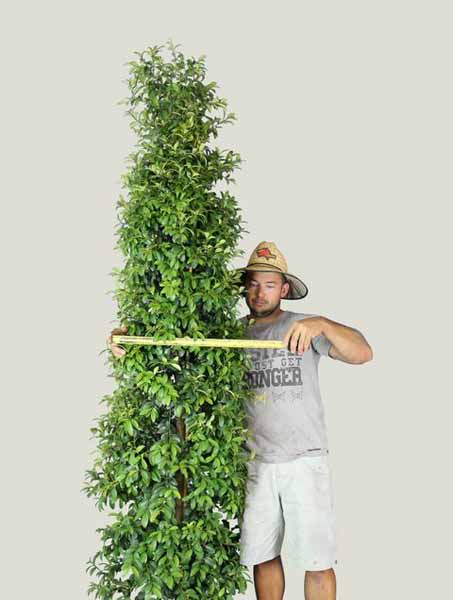
https://www.ozbreed.com.au/plant-ranges/native-shrubs-groundcovers/straight-and-narrow/
Pinnacle™ Syzygium australe ‘AATS’ PBR
Pinnacle™ Syzygium is another narrow and dense native tree. The main difference between this variety and the previous one is that Pinnacle™ Syzygium grows taller, and is not psyllid resistant.
Size: Typically grows to a height of 6-10 metres with a width of 1-1.5 metres. It can be pruned down to a height of 2 metres.
Position: Suitable for full sun to shade. Ideal for planting along fences or driveways as a hedge or screening plant. It also lends itself well to topiary.
Soil: Prefers moist, well-drained soils. Plant in a well-mulched garden using chunky mulch for best results.
Climate: Queensland (QLD), New South Wales (NSW), Victoria (VIC), South Australia (SA), and Western Australia (WA).
Care: Requires regular watering for the first 8-13 weeks until established. Use slow-release fertiliser in spring if necessary. Prune yearly for a tidy hedge or every 2-3 years if used as a screen plant. Be aware of potential psyllid infestations.
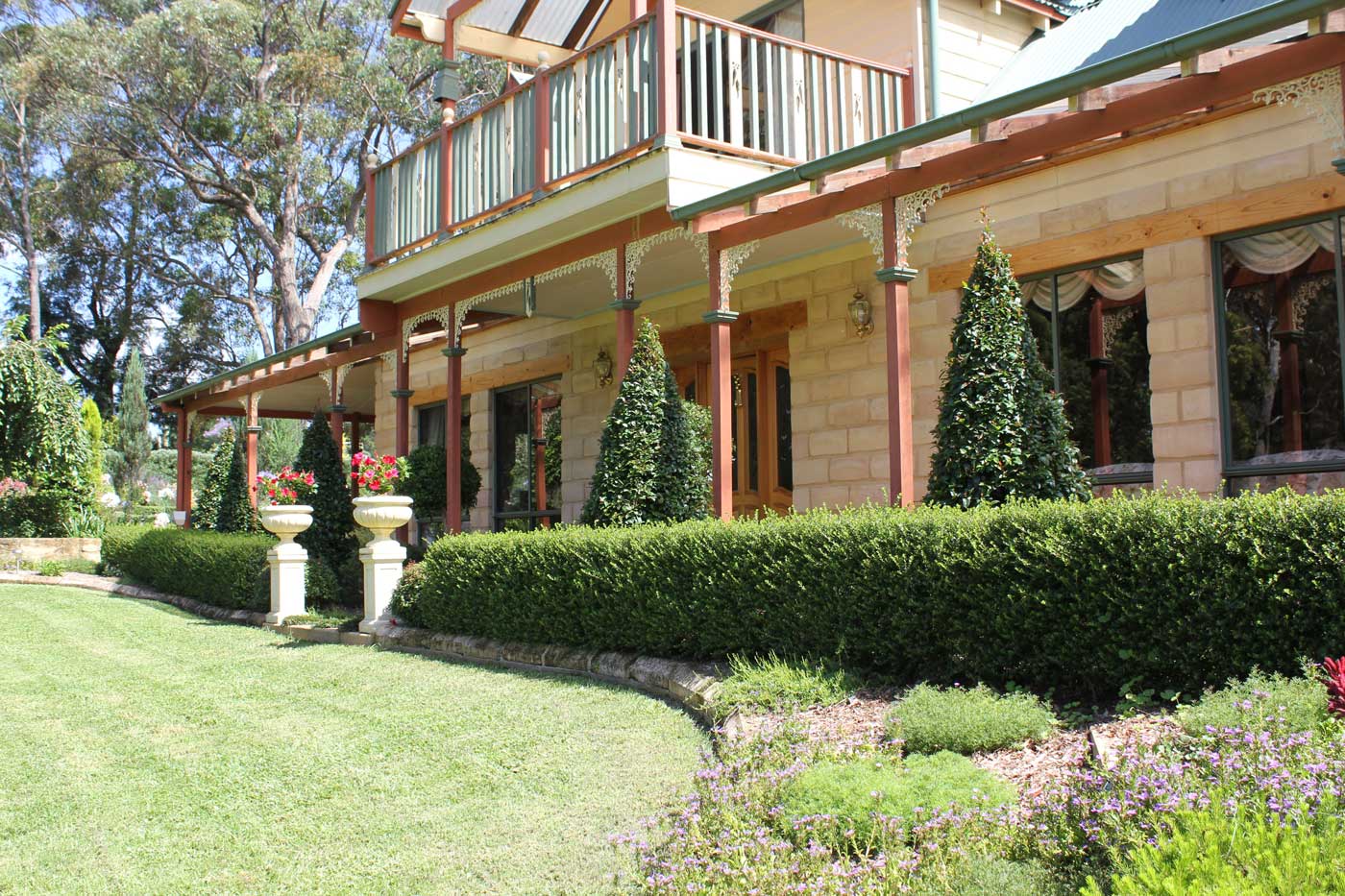
https://www.ozbreed.com.au/plant-ranges/advanced-trees/pinnacle-syzygium-is-a-very-narrow-growing-native-tree-which-is-great-for-screening-advanced-trees-range/
Conclusion
These two Syzygium cultivars have natural adaptability as former rainforest dwellers. Coupled with their tight and columnar growth habit and their beautiful evergreen leaves, fluffy white flowers and pink/purple berries, these two lilly pilly hedges are standout options for creating beautiful, resilient hedges in variable sunlight.

